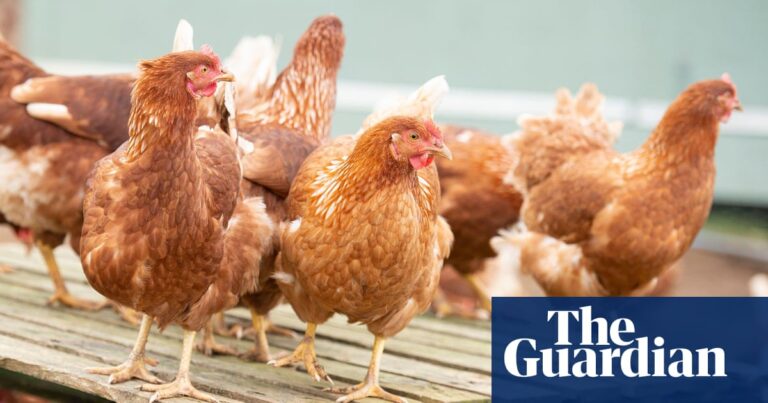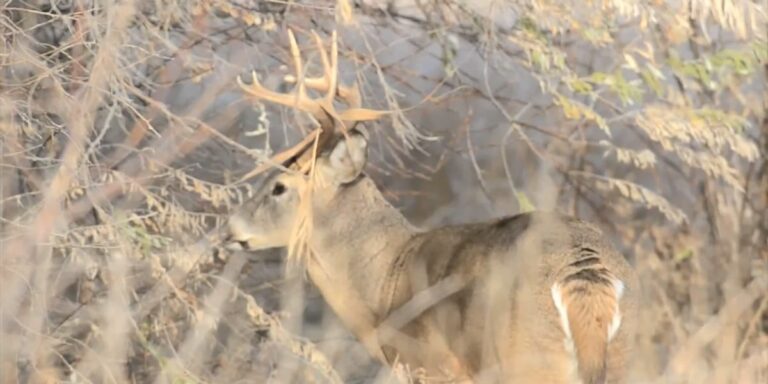Deadly Bat Disease Expands in California, Sparks Wildlife Fears
Deadly Bat Disease Spreading: A Wake-Up Call for California Wildlife
Bats often inspire mixed feelings among people. For some, they’re fascinating creatures of the night, playing essential roles in our ecosystems. Yet, for others, they’re something to fear, cloaked in mystery and myth. But amid all this debate, a pressing concern has emerged: a deadly disease affecting bats is rapidly expanding in California. Let’s dive into what this disease is, why it matters, and what it could mean for our wildlife and the environment.
What Is the Deadly Bat Disease?
You might be scratching your head, wondering what this disease is all about. Well, the culprit here is known as White-nose Syndrome (WNS). It’s a fungal infection caused by Pseudogymnoascus destructans. First detected in the United States in 2006, this disease has since wreaked havoc on bat populations across the country. Imagine a silent thief, sneaking into dark caves and disrupting the lives of bats, one of nature’s best pest controllers.
How Does White-nose Syndrome Work?
The name “white-nose” might sound harmless, but don’t let that fool you. The fungus typically appears as a white powdery substance on the faces and wings of hibernating bats. This fungus thrives in cold, damp environments, making caves and abandoned mines its perfect playground. The problem? It disrupts the bats’ hibernation cycle, causing them to wake up too early. Imagine someone shaking you awake in the middle of a deep sleep while it’s freezing outside. That’s what WNS does to bats—it forces them to use up their energy reserves before food is available in the spring.
Impact on Bat Populations
The consequences of WNS are dire. Many bat species, particularly those that hibernate, have faced population declines of up to 90% in affected areas. Not only does this impact the bats’ survival, but it also has broader implications for ecosystems and human activities reliant on these little flying mammals. Bats consume vast amounts of insects, helping control pest populations. A decline in bat numbers could lead to increased insect populations, which can damage agriculture and ultimately affect our food supply.
Why Is California in Trouble?
California’s beautiful landscapes are home to a whopping 40 bat species. But with WNS making its way through the state, wildlife experts are raising alarms. The unique climates and ecosystems found in California provide a perfect stage for WNS to wreak even more havoc. Researchers have confirmed that WNS has been expanding across various locations in the state, including Northern California. More bats under threat means more ripple effects in our ecological balance.
The Role of Bats in the Ecosystem
Understanding why we should care about bats is crucial. These creatures offer several ecological services:
- Insect Control: Bats can consume thousands of insects in a single night, naturally managing pest populations.
- Pollination: Some bat species help pollinate plants, including agave (think tequila!) and certain fruit trees.
- Seed Dispersal: By feeding on fruits and flying around, bats help disperse seeds, promoting plant diversity.
If bats continue to decline due to WNS, the consequences could lead to an increase in pest populations, reduced agricultural yields, and changes in the types of plants that can thrive in affected areas.
How to Protect Bats and Mitigate WNS Spread
Now that we’ve painted a vivid picture of the problem, what can be done about it? The good news is that we can all pitch in to help bats and curb the spread of WNS.
1. Educate Ourselves and Others
Knowledge is power! By learning about WNS and its impact on wildlife, we can spread awareness. Consider sharing insights with friends and family. Social media is a powerful tool; use it to inform others about the situation.
2. Support Local Conservation Efforts
Many organizations are working tireless hours to protect bat populations and combat WNS. You can support these organizations through donations or by volunteering your time. Trust me, volunteering is not only fulfilling—it provides a chance to meet like-minded enthusiasts passionate about wildlife.
3. Avoid Disturbing Bat Habitats
If you’re an adventurer who loves exploring caves, be mindful! Avoid disturbing bat habitats and reporting any sightings of bats showing symptoms of WNS. Adhering to regulations and guidance from wildlife agencies is crucial in protecting these animals.
4. Report Sick or Dead Bats
If you come across any bats that seem sick or dead, don’t ignore it! Report it to local wildlife authorities immediately. The sooner cases are reported, the better the chances of understanding the disease’s spread and impact.
5. Keep Pets Away from Bats
Your furry friends may not know any better, but keeping them at a distance from bat habitats can prevent the possible spread of diseases. Just as you wouldn’t want your pet rummaging through a grocery store, pets should be kept away from areas inhabited by bats.
The Future of Bats in California
With the increasing concern over WNS currently sweeping across California, the fate of many bat species hangs in the balance. It’s a tough pill to swallow, but without urgent action, we might face a future with fewer bats. The importance of these creatures in our ecosystems cannot be overstated—they’re the unsung heroes of night-time pest control and ecosystem health.
By staying informed and doing our part, we can help bolster bat populations, ensuring that these remarkable creatures continue to thrive in California for generations to come.
Conclusion
As we progress into a future shaped by more extinctions and endangered species, the situation for our bat populations illustrates the interconnectedness of all life. By respecting the ecosystem and supporting conservation efforts, we can mitigate the risks posed by diseases like WNS. Remember, it’s not just about bats—it’s about preserving the delicate balance of our environment.
Let’s work together to turn the tide and protect these incredible creatures before it’s too late!
FAQs
1. What is White-nose Syndrome?
White-nose Syndrome is a fungal disease caused by Pseudogymnoascus destructans, primarily affecting hibernating bats and causing severe population declines.
2. How can I identify if a bat has WNS?
Bats with White-nose Syndrome may show symptoms such as white fungus on their skin, abnormal behavior, and premature waking from hibernation.
3. What should I do if I find a sick bat?
If you encounter a sick or dead bat, report it to local wildlife authorities immediately to help track the disease’s spread.
4. How do bats benefit the environment?
Bats contribute by controlling insect populations, pollinating plants, and dispersing seeds, making them vital for a healthy ecosystem.
5. Can humans get infected from bats with WNS?
White-nose Syndrome is not contagious to humans, but it’s essential to avoid handling bats or their habitats to minimize the spread of the disease.







